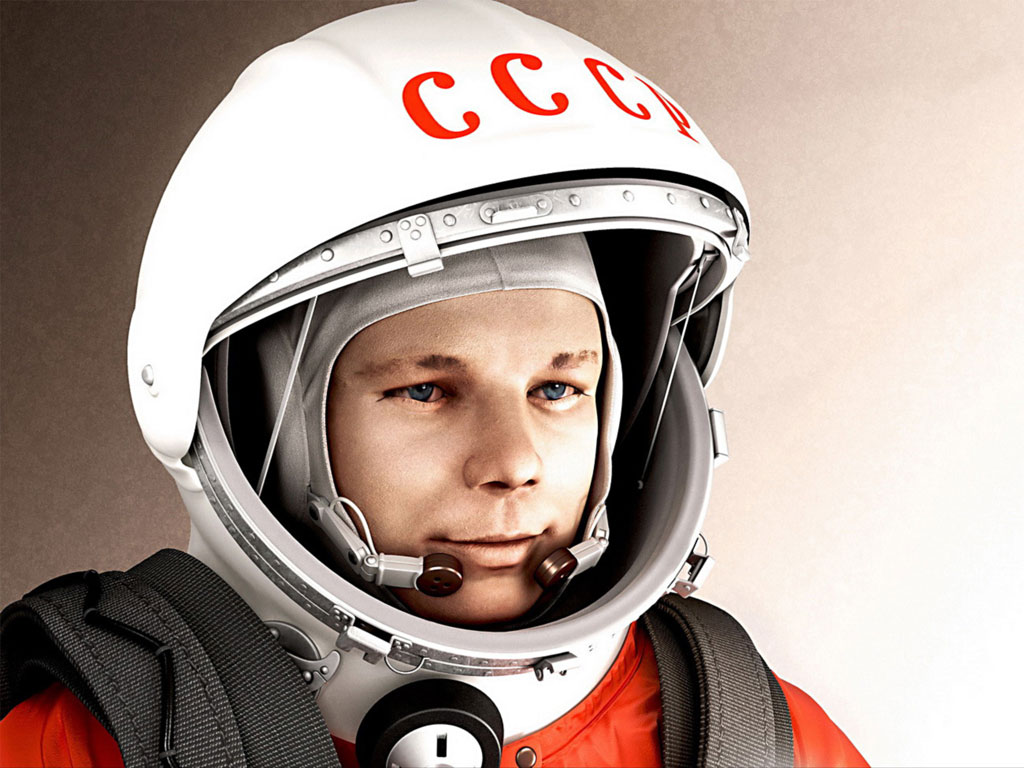

One good aspect of the Cold War was the competition it spurred between the United States and the Soviet Union in the area of science and technology.
Working for Germany during World War II, a scientist named Wernher von Braun had invented a guided ballistic missile called the V-2, the first rocket to leave Earth's atmosphere. After the war, both the Americans and Russians secretly moved German scientists and researchers to their own countries to exploit this technical expertise. Both sides hoped to gain the prestige and tactical advantage of being the first country to control outer space.

The Russians scored the first victory on October 4, 1957, with the launch of Sputnik, the first artificial satellite to achieve Earth orbit. Just a month later, Laika, a stray dog from Moscow, became the first living creature to travel to space. Three years later, on April 12, 1961, the cosmonaut Yuri Gagarin became the first human space traveller.
The United States lagged behind the Soviet Union at every stage of the early space race, but spurred on by President Kennedy's goal to land a man on the Moon before the end of the decade, soon passed the Russians. The National Aeronautics and Space Administration (NASA) was created, launching the Mercury, Gemini, and Apollo programs. On July 20, 1969, Neil Armstrong became the first person to set foot on the Moon. A total of twelve Americans would step onto the lunar surface over the next three years. Considering the space race lost, the Soviets never followed.
Beyond the prestige of human achievement, the space race resulted in many technological innovations:
Why did the space race end so soon after the moon landing?